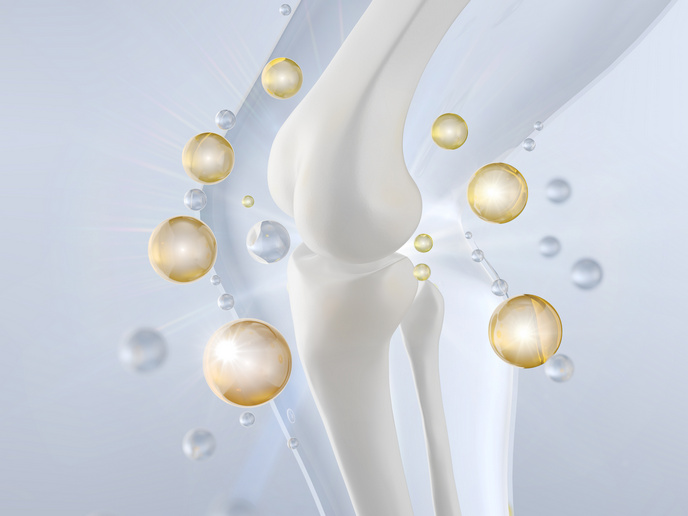More tender beef on the menu
A tenderisation process is always needed before any beef meat can be placed in the market. Non-tenderised beef meat will not meet the quality requirements for consumption. The traditional meat tenderisation process holds the meat just above freezing point for a period that ranges from 15-90 days (traditional ageing). This process consumes a high amount of energy and influences profit margins. The ageing process is longer and has effects that are more dramatic for old and dairy cattle and for those tougher meat cuts. The most promising technique for meat tenderisation is high-power ultrasound (HPU). It significantly reduces the ageing period, is a low-cost and non-invasive technique, and avoids changes in the taste and flavour of treated meat. With EU funding, the ULTRATENDER(opens in new window) (Non-Invasive high power ultrasound (HPU) processing method for meat tenderization) project provided meat producers with a new method for beef meat tenderisation. This can reduce the tenderisation process by 80 % for a wide range of meat cuts and animal types. With HPU, production costs can be reduced by 60 %, increasing profit margins of fresh meat products by EUR 4.5 per kg. To achieve its aims the project team selected a representative collection of meat samples to include in the statistical study and prepared the ultrasound equipment for use on meat tenderisation. It then performed tests using the new approach and achieved successful results. Specifically, it developed a new method for meat tenderisation using HPU that is effective for industrial primal beef cuts. The team also elaborated a standardised method for industrial meat quality grading based on ‘tenderness’. This included a software tool for the selection of the HPU best protocol and the prediction of the final tenderness achieved for each meat cut. Project outcomes include a guideline for easy grading of the initial quality prior to tenderisation of common beef meats in the European Market. This enables classification of meat samples based on initial degree of tenderness. In effect, the tenderness prediction software tool developed boasts a simple user interface to define the most ideal tenderised protocol for each meat sample. It numerically predicts and quantifies these values for final tenderness achieved after HPU treatment regarding each cut of meat. ULTRATENDER has successfully demonstrated that a high power ultrasound treatment can increase the tenderness of beef meat cuts, keeping in mind that this is not suitable for all meat cuts. Nonetheless, the user-friendly technology is set to revolutionise the tenderisation process, ultimately optimising meat distribution and consumption in Europe.







